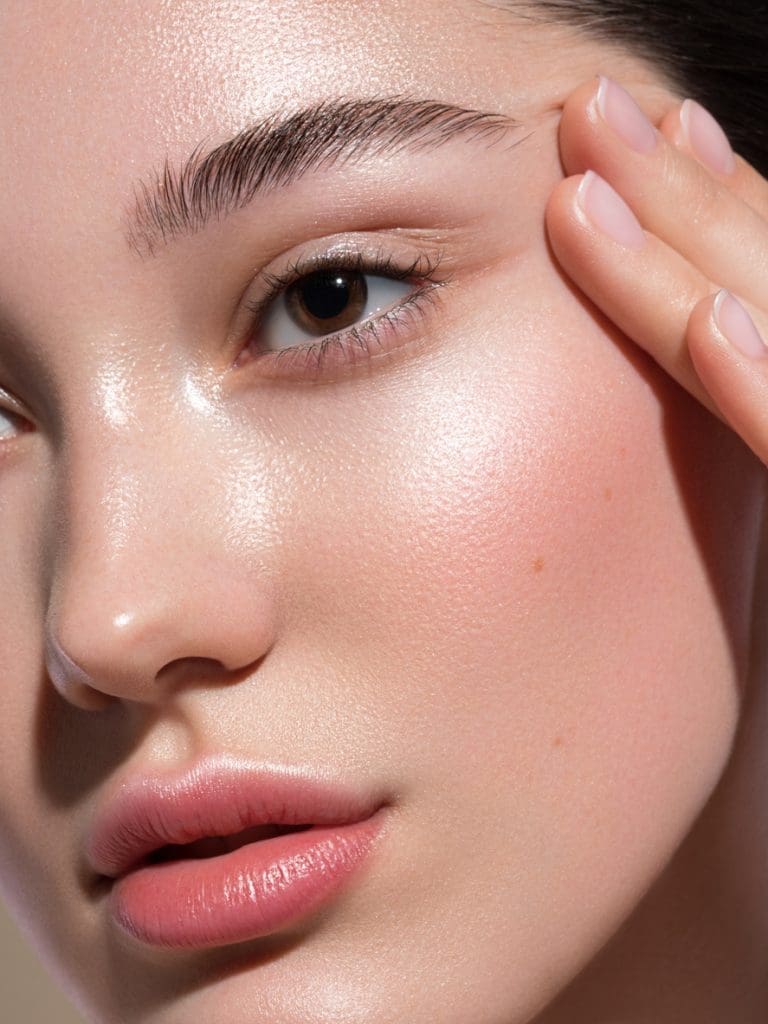Rosacea
IN BRICK & COLTS NECK, NJ

What Is Rosacea?
Rosacea can be a significant cosmetic concern for many individuals due to its visible effects on the skin. While rosacea primarily affects the face, causing symptoms such as redness, flushing, visible blood vessels, and sometimes pimples or bumps, the condition can also impact a person’s self-esteem, confidence, and quality of life. It typically begins with episodes of flushing or persistent redness on the central part of the face, such as the cheeks, nose, forehead, and chin.
Rosacea is a chronic condition that tends to worsen over time if left untreated. While there is no cure for rosacea, various treatments can help control symptoms and reduce flare-ups. Treatment options may include topical medications, oral antibiotics, laser therapy, and lifestyle modifications to identify and avoid triggers.
What Causes Rosacea?
Genetics
Genetic predisposition may play a role in the development of rosacea. Individuals with a family history of rosacea are more likely to develop the condition themselves, suggesting a genetic component to the disease.
Abnormalities in the Immune System
Abnormalities in the immune system, such as inflammation or immune responses to certain triggers, may contribute to the development of rosacea. Inflammation plays a key role in the symptoms of rosacea, including redness, flushing, and inflammation of the blood vessels in the skin.
Dysfunction of Blood Vessels
Dysfunction of blood vessels in the skin may contribute to the development of rosacea symptoms, such as visible blood vessels (telangiectasia) and persistent redness. Factors such as dilation of blood vessels, increased blood flow, and impaired vascular regulation may be involved.
Microorganisms
The presence of certain microorganisms, such as Demodex mites or bacteria, may play a role in the development or exacerbation of rosacea symptoms. Demodex mites, which are microscopic parasites that live in hair follicles, are found in higher numbers on the skin of individuals with rosacea.
Environmental Triggers
Various environmental factors can trigger or exacerbate rosacea symptoms. Common triggers include exposure to sunlight, heat, wind, cold weather, spicy foods, alcohol, caffeine, hot drinks, emotional stress, and certain skincare products or cosmetics.
Dietary Factors
Certain foods and beverages, such as spicy foods, hot drinks, alcohol (particularly red wine), and histamine-containing foods, may trigger flushing and exacerbate rosacea symptoms in some individuals.

